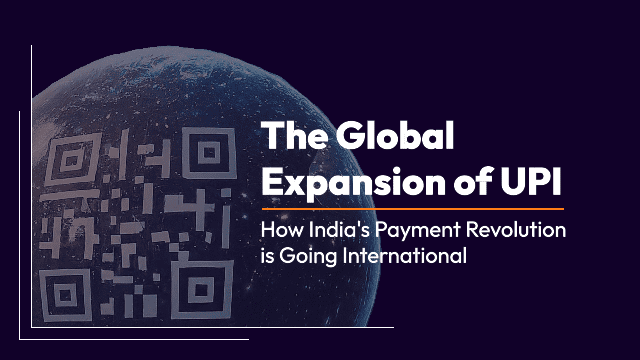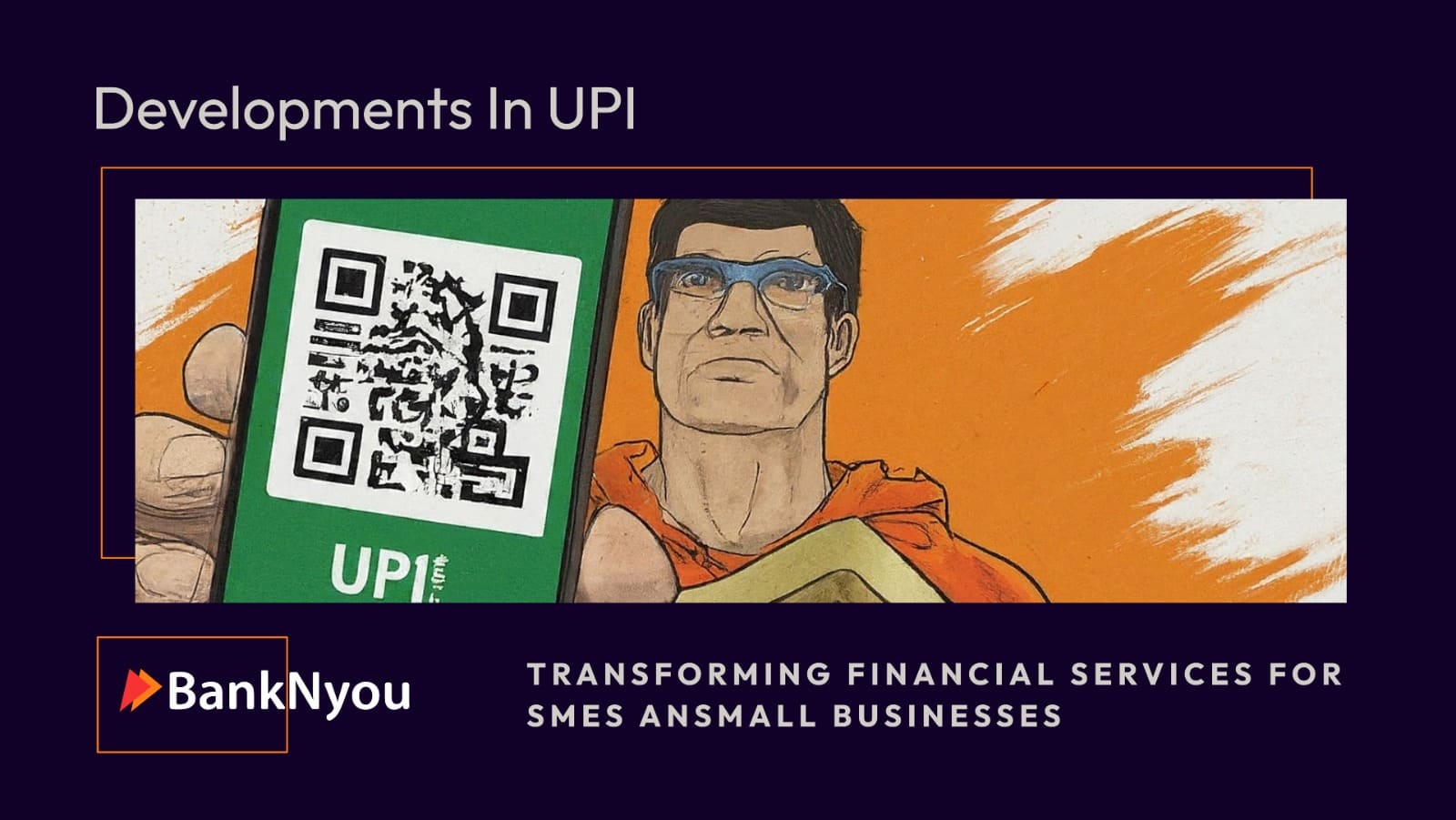Imagine a world where transferring money between countries is as easy as sending a text message. That’s the dream UPI (Unified Payments Interface) is bringing to life, not just in India, but increasingly on the international stage. From a homegrown innovation designed to simplify payments in India, UPI is quickly becoming a global phenomenon. Let’s take a closer look at how this digital payment marvel is making waves worldwide, and what it could mean for the future of international payments.
The Rise of UPI in India
UPI was a game-changer for the Indian payment landscape. It offered a simple, fast, and secure way to transfer money between bank accounts using a mobile phone. All you needed was a UPI ID, and voila! Money could move in seconds, 24/7, without the need for cash or even a physical bank branch.
The adoption of UPI in India has been nothing short of phenomenal. In just a few years, it has become the most popular payment method in the country, surpassing even credit and debit cards. According to recent data, UPI processed over 8 billion transactions in a single month, with a total value exceeding $180 billion. That’s more transactions than some countries handle in a year!
But UPI’s success story doesn’t stop at India’s borders. The simplicity, speed, and security that made it a hit at home are now driving its adoption in other parts of the world.
Why UPI is Going Global
So, what makes UPI so attractive on the international stage? The answer lies in its core features: compatibility, low-cost transactions, and ease of use. These qualities are exactly what the world needs, especially in a time when cross-border payments are still fraught with challenges.
Traditional international money transfers are often slow, expensive, and cumbersome. For many people, especially those in developing countries, sending money abroad can be a real headache.
Enter UPI. With its seamless, real-time payment capabilities, UPI can significantly reduce the cost and complexity of international transfers. And because it’s based on open standards, UPI can easily integrate with other payment systems around the world.
UPI’s First Steps Abroad
One of the first countries to adopt UPI was Bhutan. In July 2021, Bhutan became the first country to accept UPI transactions through its domestic payment system, Bhutan Pay. This move was significant because it allowed Indian tourists in Bhutan to make payments directly through UPI, eliminating the need for currency exchange or international cards.
Next in line was Singapore. In February 2022, UPI and Singapore’s PayNow system announced a linkage that would allow users in both countries to make cross-border transactions directly from their bank accounts. This linkage is a game-changer for the large Indian diaspora in Singapore, who can now send money back home more easily and at a lower cost.
Expanding UPI’s Global Footprint
With successful partnerships in Bhutan and Singapore, UPI’s global ambitions are growing. Several other countries are exploring similar collaborations with NIPL. For instance, the UAE, Nepal, and Malaysia have expressed interest in integrating UPI with their domestic payment systems.
The potential impact of UPI’s global expansion is enormous. For one, it could revolutionize remittances, a vital source of income for many families in developing countries. According to the World Bank, global remittances reached $702 billion in 2020, with India being the largest recipient. UPI could make sending money home faster, cheaper, and more convenient, benefiting millions of migrant workers and their families.
Imagine being able to pay for goods and services in a foreign country using your UPI app, without worrying about exchange rates or transaction fees. This could make international travel and shopping more accessible and enjoyable for everyone.
The Road Ahead
The world is moving towards a more connected, digital economy, and UPI is well-positioned to play a central role in this transformation. With its focus on interoperability, low-cost transactions, and user-friendly design, UPI could very well become the global standard for digital payments.
For businesses, this means new opportunities to tap into international markets with minimal friction. For consumers, it means more freedom and convenience in managing their finances, no matter where they are in the world.
As UPI continues to expand its global footprint, one thing is clear: the world of payments is changing, and UPI is leading the charge. Whether you’re a business owner looking to go global, a migrant worker sending money home, or a traveler exploring new destinations, UPI is set to make your financial life a whole lot easier.
In summary, UPI’s journey from a national payment system to a global force is a testament to the power of innovation. As it continues to break down barriers and connect people across borders, the possibilities are endless. Who knows? In a few years, UPI might just be as prevalent internationally as it is in India.


